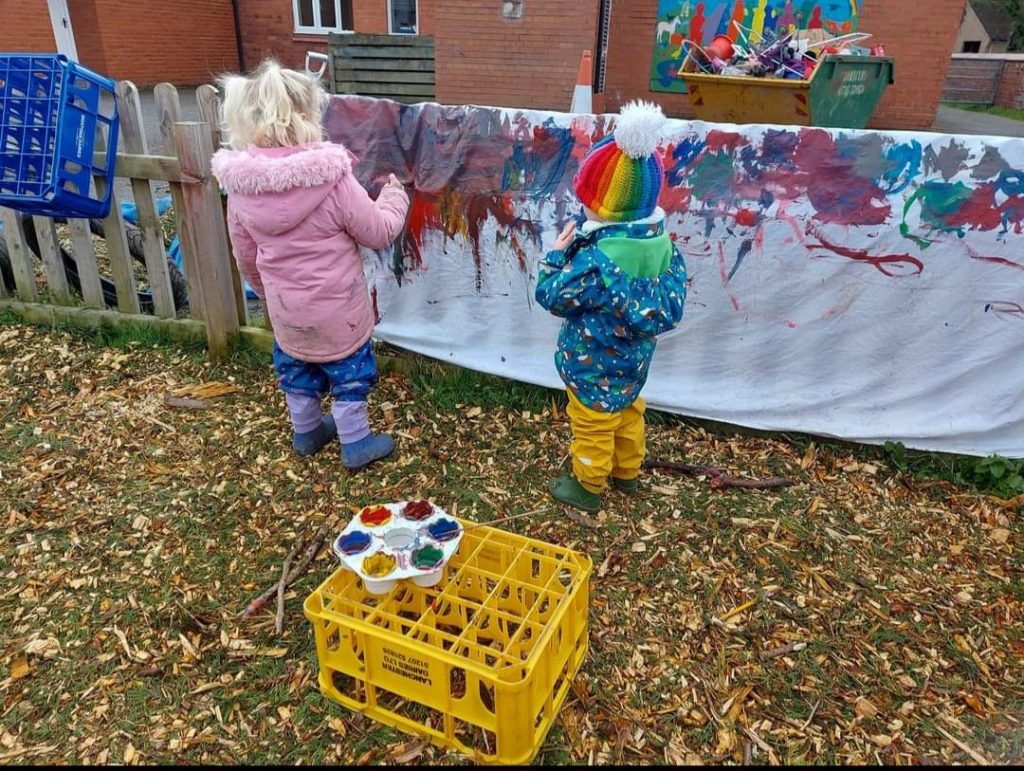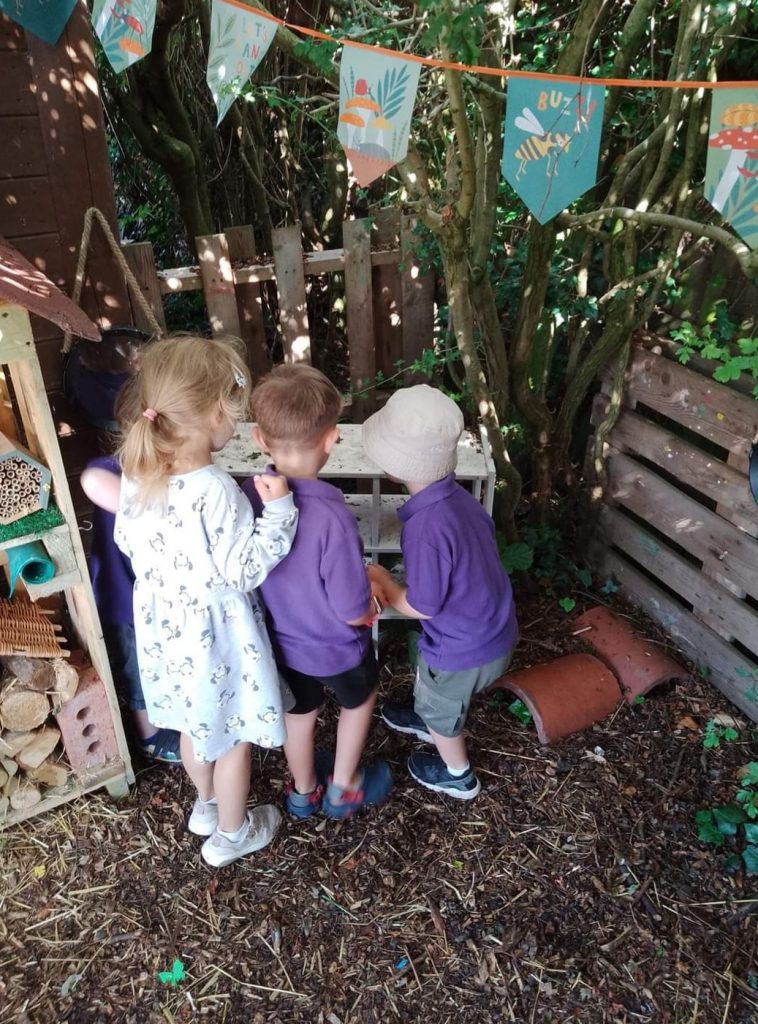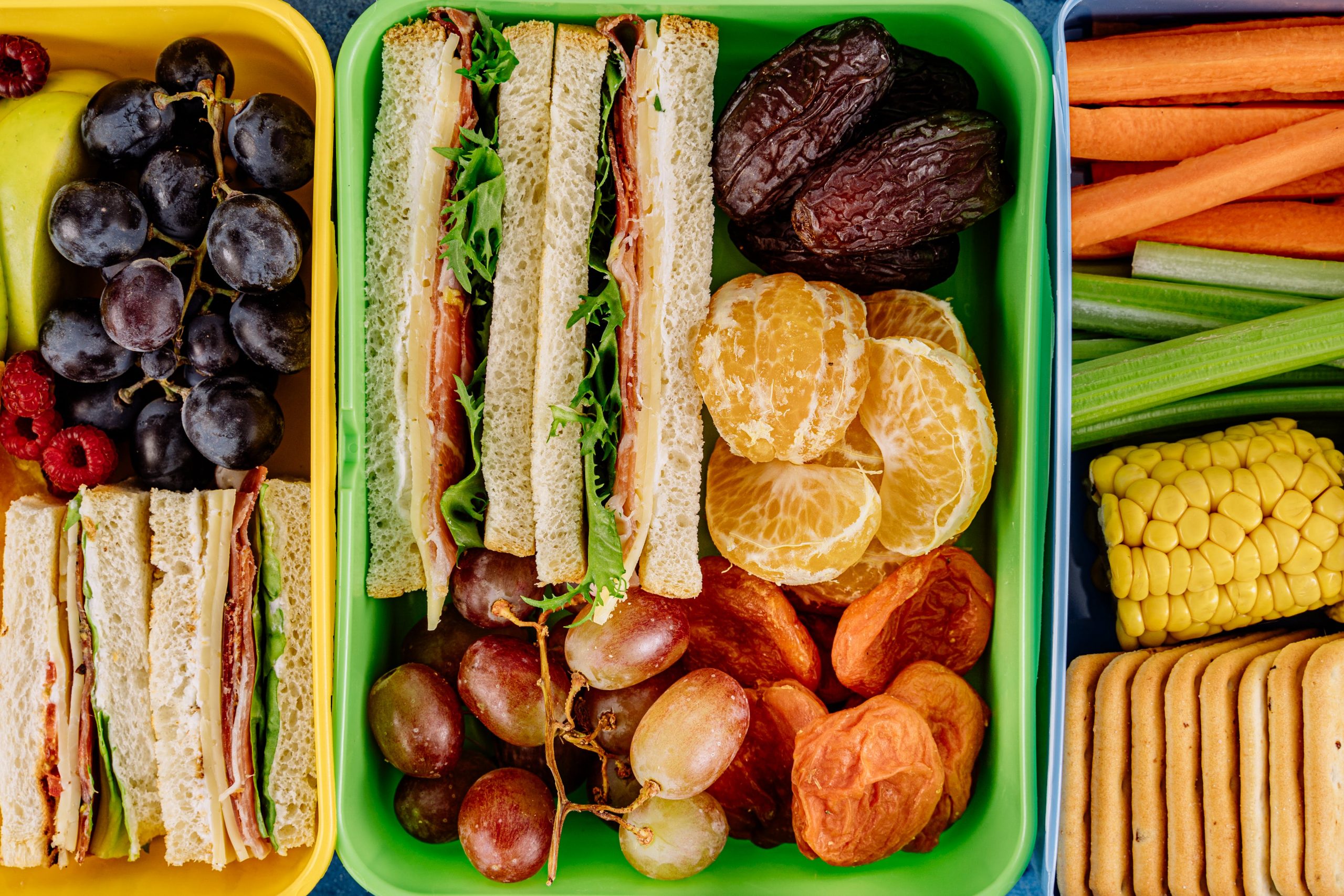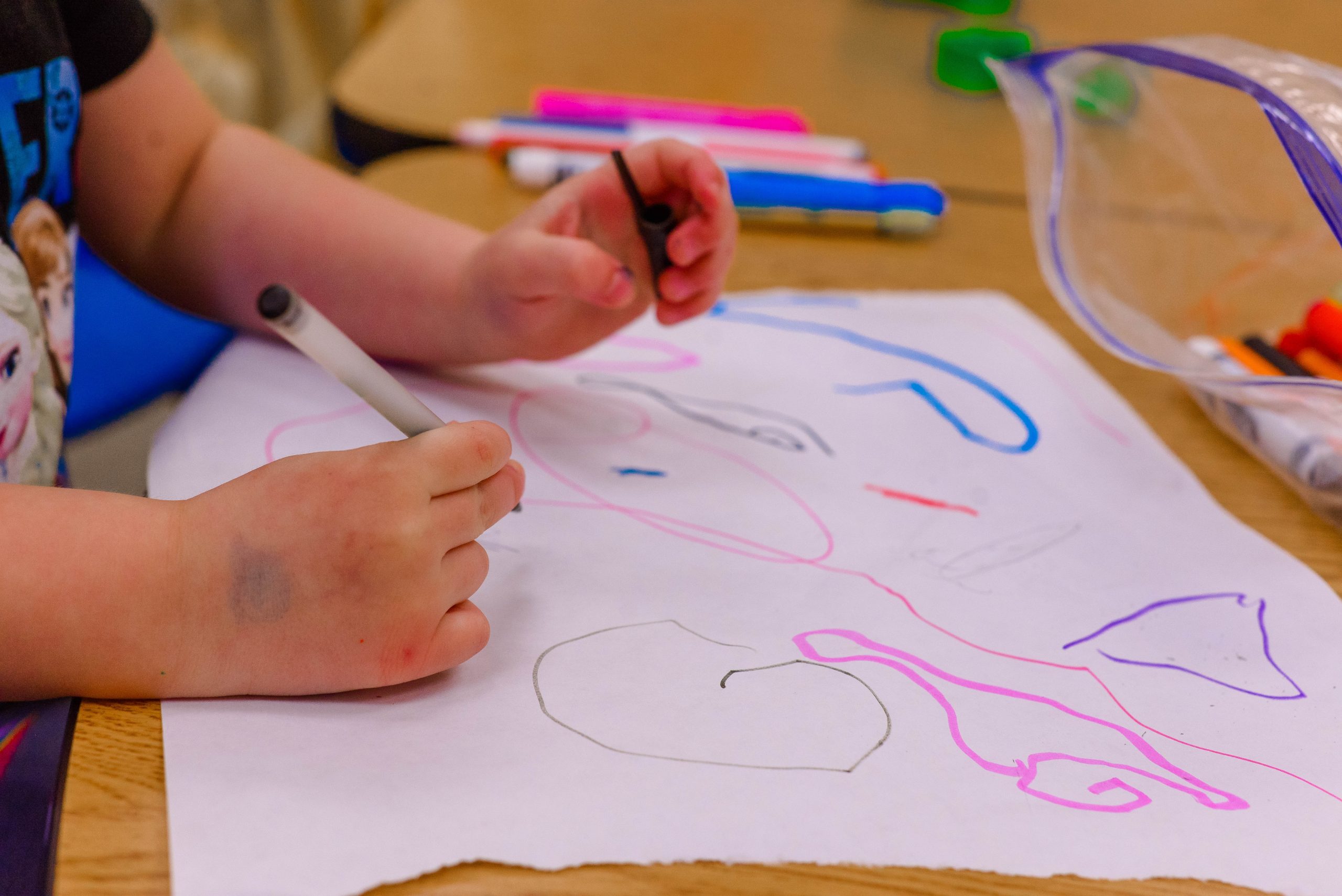In a setting like a pre-school or nursery, every day brings new discovery. Children’s interests are constantly adapting and what they love one day, they aren’t fussed about the next. To keep up with their changing wants, you can adapt a technique known as ‘in the moment’ planning.
In-the-moment planning involves moving beyond a rigid curriculum, allowing teachers to customise lessons based on the immediate needs and interests of the children. This approach enables educators to tap into the natural curiosity of young minds, turning everyday moments into valuable teaching opportunities.
In this article, we explore further what ‘in the moment’ planning is, as well as how you can adopt the technique at home, and 4 extra things to consider.
What is ‘in the moment’ planning?
In the context of early years education, “‘in-the-moment planning’ is a pedagogical approach that allows children to explore and learn whatever they’re interested in at that moment. It means education centres, like pre-schools and nurseries, don’t have to stick to a set curriculum or force learning in a set direction.
The approach allows educators to respond to the immediate interests, curiosities and developmental needs of young child. It involves keen observation (What are the children playing with? How are they responding? What do they want to do with the object?) and quick decision making to capitalise on teachable moments and create fun activities.
A prime example for us is when we showed the children about fire safety. We’d placed some logs outside to see what the children would do. They started pretending to make a fire and toast marshmallows. So we got out our fire pit and used the opportunity to light a small fire and talk about fire safety with the children. It was an excellent learning opportunity but they thought it was so much fun too.
When you take on an ‘in the moment’ approach, you create an environment where learning is embedded into the fabric of everyday experiences. It recognises that children’s interests can be diverse and dynamic, and learning is most effective when it aligns with their current passions. Whether it’s exploring natural elements during outdoor play, fostering social skills during group activities, or addressing unexpected questions, in-the-moment planning allows educators to adapt teaching strategies to the unique needs of the children in their care.
How to adopt an ‘in the moment’ approach
Many educators adopt this technique in nurseries and schools, but if you’re a parent, you can absolutely use it at home too. It’s something we practice everyday with the children, and helps to create a happy and relaxed atmosphere where they can play and learn at the same time.
First, you can place an unusual or new object in their playing environment. Whether it’s indoors or outdoors, put the item there without their knowledge and wait for them to find it. It can be anything from a bucket and space or a little bug house, to birdseed and feeders.
Then, the most important part is to step back and observe. Once they have found the object, what are they saying about it? How are they playing with it (there’s no right or wrong here)? Allow them the space to explore it themselves before jumping in or helping them, unless they ask for it of course.
Eventually, you can jump in too. Ask them what they think of the item, or maybe what they can do with it. Let the child lead you with their ideas and see what fun activities you come up with.
If you give them some ‘treasure’, see what they want to do with it. If they want to bury some treasure, give them a trowel and get digging in your back garden! They might want to put it in a treasure box, so you can make one with them, decorating it with paint.
Despite the name, ‘in the moment’ planning doesn’t really need much planning at all. It’s about where the moment takes you.
4 things to consider with ‘in the moment’ planning
- Engagement is key to learning
When a child is engaged, new synpases are forming which is crucial for development and learning. Therefore, when they aren’t engaged, no new synapses form. Engagement is absolutely key and play is learning. Play-based pedagogies are now ‘routinely recognised as a basis for learning in early childhood’ (Bubikova-Moan et al. 2019:777).
- 2. There’s no ‘right’ or ‘wrong’
When playing with an object, it’s very easy for us as adults to take over and show the child how to use the item ‘correctly’. But when learning, and with children’s incredible imagination, there is no one way to use any object.
They’re exploring, figuring out what an item does, or can do. So take a step back and let them explore. You can get involved if they’re asking you to (eye contact, handing you the object, asking for help, etc).
- 3. Create an enabling environment
It doesn’t matter whether the environment is outside or inside, it should be enabling for children. It should have all kinds of accessible and versatile resources that they can play with and explore, including materials (wood or fabrics), sand, water, pens or paper/card.
The children can choose which one they’re drawn to and that’s where ‘in the moment’ play comes from. They decide their own education.
- 4. Avoid transitions
A transition is something that stops the children in their task, or breaks their concentration. As an adult, it’s easy to interfere and say ‘Let’s go and play with this now’, but if the child is happy, there’s no reason to do this.
The child should be allowed to have a long period of uninterrupted play so they can really concentrate on the task at hand. They can become deeply involved in their activity, without worrying about the time or when they need to stop.
At Dodleston Pre-School, the only ‘transitions’ we have are snack time and lunch time. The rest of the day is down to the children.
So there you have it, a comprehensive breakdown to ‘in the moment’ education. We hope it was helpful!








